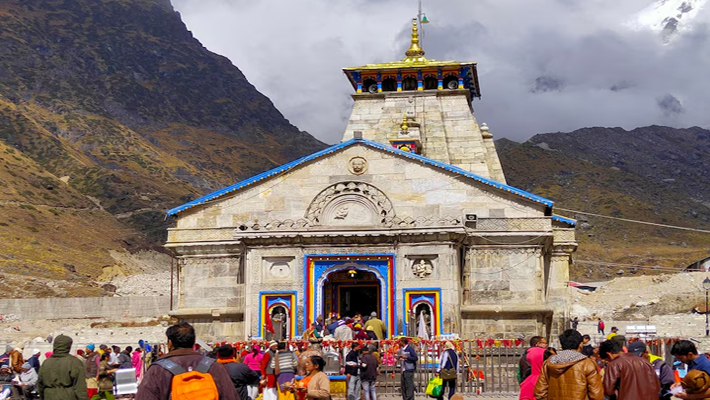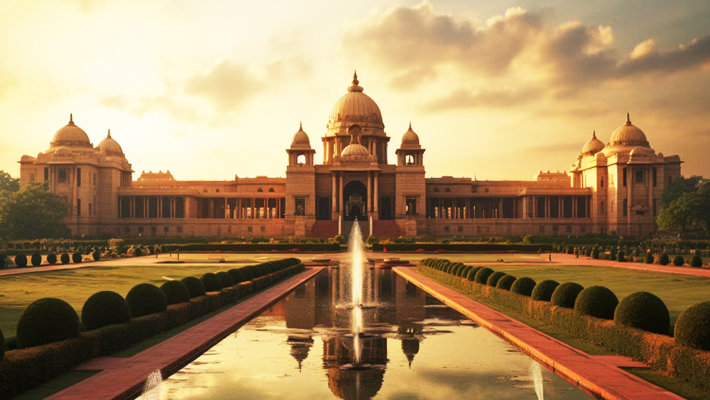
Long before universities came up, while much of the world was still laying the cornerstones of institutional education, India had established itself as a global center of learning. Ancient Indian varsities were known for their scholarly pursuits in religion and philosophy and their advancements in subjects like mathematics, astronomy, medicine, politics, and linguistics.
Such institutions attracted students, philosophers, and seekers of wisdom from as far as China, Greece, Persia, and the Arab world. India did not just have those old varsities as educational centers; they were melting pots of ideas and debate for holistic growth that offered scholarly curricula smoothly blending scientific inquiry with spiritual learning.
We inherit all of that from these ancient institutions of learning, for they provided the basis for knowledge traditions throughout the globe and carry testimony to the intellectual sophistication of Indian civilization. The ruins of such moments or the manuscripts of such culture are inspirations for modern academia, while they keep alive the powerful reminder of India's contributions to education for the world. Here are five of the most glorious ancient Indian varsities that created history by educating the world.
Takshashila University
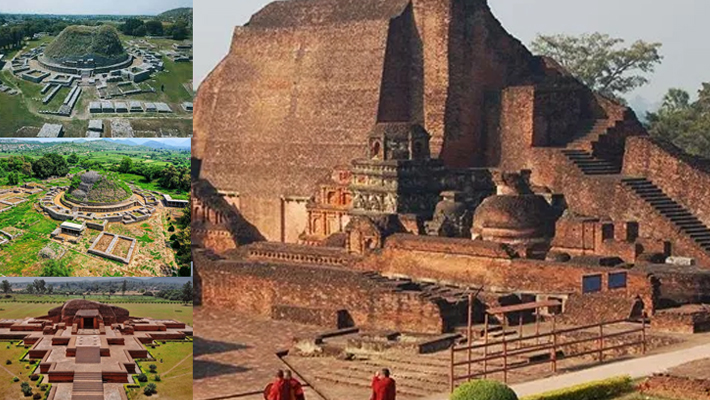
Takshashila is sometimes called the oldest university in the subcontinent, but it has been by far the oldest one on an international level concerning education. After thriving around 500 BCE to 500 CE, it served the function of one such almost thousand-year beacon of enlightenment. It is now located nearer Rawalpindi in Pakistan.
Much more than that, Takshashila was opened to the people of Asia, namely from China, Persia, and so on, to learn under its famed scholars. Takshashila did not have an equivalent formal structure to institutions today, but learning took place at the homes of teachers, encouraging quite personal and deep study. Students were offered a very comprehensive curriculum including medicine, law, mathematics, politics, music, and language arts.
Here, studied Chanakya, the learned master of politics and economics; Charaka, who has been hailed as the father of Indian medicine; and Panini, a genius of the most complex grammar in the world, Sanskrit. They changed the course of history.
Now, though, the university did fade gradually because of invasions, but the intellectual legacy survived. Conversed on logic, ethics, statecraft, and science, its influences within India were well-blended into knowledge systems far beyond, reaching scholars and thinkers across all ages and educated the globe.
Nalanda University
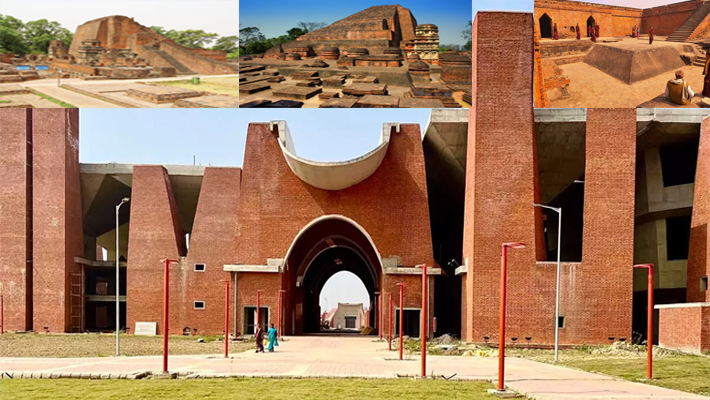
When Nalanda was established in Bihar, it became a great learning hub and one of the finest centers of ancient knowledge-one that was built in the 5th century CE. It had over 10,000 students and 2,000 teachers. Secondary to the Buddhist studies, which were the main focus of the institution, there were studies on medicine, art, grammar, logic, astronomy, and mathematics. The history of Nalanda University says the library housed one of the largest catalogues of titles and manuscripts, that were composed of hundreds of thousands of books.
Students from China, Korea, Tibet, and Southeast Asia came there for studies. A very well-known Chinese monk, Xuanzang, stayed at Nalanda for several years and appreciated its education and discipline highly.
There used to be great big halls, classrooms, gardens, and dormitories all in the university. It was ravaged by invaders in the 12th century, and therefore, much of its knowledge was lost. Yet Nalanda survives in the memory to represent the rich past of Indian educational history.
Vikramashila University
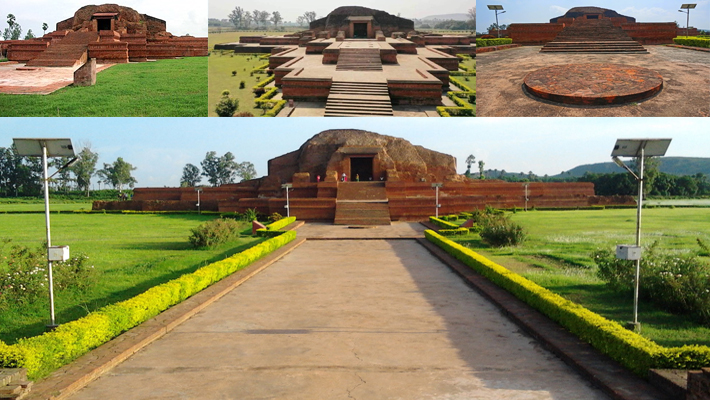
Vikramashila University was one of the most respected ancient Indian universities, especially known for teaching advanced Buddhist practices. It was founded in the 8th century CE by King Dharmapala of the Pala dynasty, who wanted to create a place where students could learn deeper forms of Buddhism, especially Tantric Buddhism. Located in present-day Bihar near the Ganges River, Vikramashila attracted learners from across India and even from countries like Tibet.
The campus was large and well-organized, with temples, classrooms, and living spaces for both students and teachers. The main temple at the center had statues of Buddha and symbols of deep spiritual meaning.
The university offered studies in subjects like logic, Sanskrit grammar, rituals, and philosophy. Atisha Dipankara, a well-known scholar who later helped spread Buddhism in Tibet, studied here. Sadly, the university was destroyed in 1203 CE by invader Bakhtiyar Khilji, but its contributions to Buddhist knowledge still inspire people today.
Valabhi University
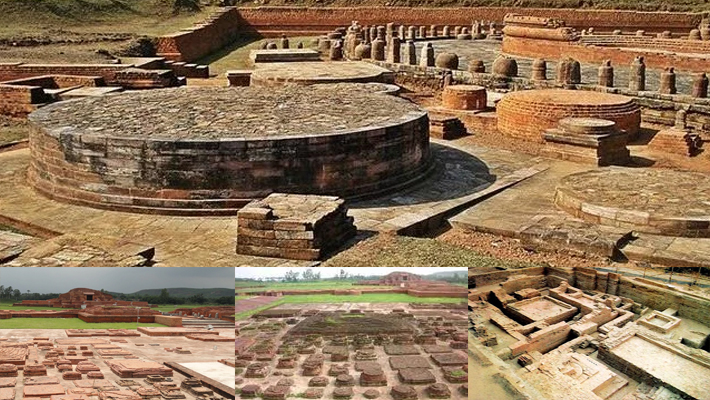
Valabhi University, located in what is now Bhavnagar, Gujarat, was one of the most respected learning centers in ancient India. It was active from the 6th to the 12th century CE and was especially known for promoting Hinayana Buddhism, though it also welcomed teachings from other traditions, including Jainism. Founded by the Maitraka dynasty, Valabhi quickly gained fame for offering high-quality education in subjects like medicine, law, politics, logic, and grammar.
Unlike some other universities of its time, Valabhi was open to a wide variety of ideas and encouraged free thinking. Students from distant lands, including China, came here to study.
Great scholars like Gunamati and Sthiramati were among its students. While it was nearly as well-known as Nalanda in its time, Valabhi did not leave behind large ruins or many travel records, which is why it is less remembered today. The university was eventually destroyed during invasions in the 8th century, but left behind a strong intellectual legacy.
Mithila University
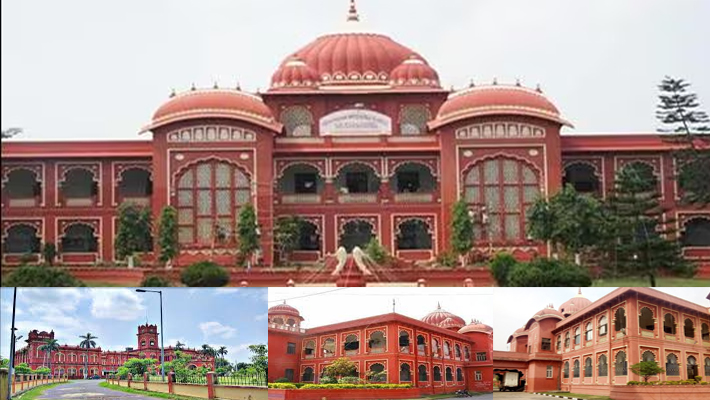
Mithila University, located in Bihar in the present day, was an exceptional intellectual milestone in ancient India compared to other universities. Mithila was never like Nalanda or Vikramashila, in that it was not confined to a monastery or campus. It represented the tradition of passing knowledge from one generation to another, with most teaching done within the homes of some of the greatest scholars.
It gained prominence from around the 12th century CE, focusing primarily on Hindu philosophy and logic and much less on Buddhism. The students of Mithila eagerly pursued intense learning in subjects such as Nyaya, the path of reasoning, and Mimamsa, teaching the understanding and interpretation of ancient texts. They also studied grammar, language, ethics, and law.
This area has been graced by famous scholars like Vidyapati and Gangesha Upadhyaya, who went on to form the Navya-Nyaya school of logic. Although with the changing times, its growth saw a slowdown because of political turmoil, even today, the strong educational tradition of Mithila is known to have left a lasting impact on Indian thought and culture.
Conclusion
In conclusion, ancient Indian centers of higher learning such as Takshashila, Nalanda, Vikramashila, Valabhi, and Mithila are a testimony to India's quest for learning, intellectualism, and the international diffusion of knowledge. These remarkable institutes, part of the Universities in Ancient Bharat, provided multi-dimensional education, involving some of the greatest philosophers and thinkers of all time, encompassing the realms of logic, science, art, and even spirituality.
Despite the results of time and conquest these were subjected to, their intellectual footprint remains dominant in shaping contemporary educational paradigms worldwide, highlighting the remarkable evolution of the education system in India.



